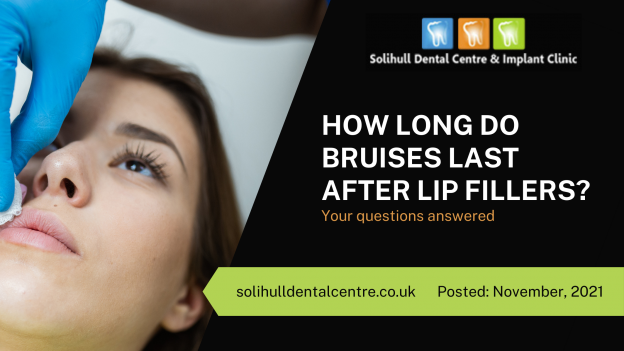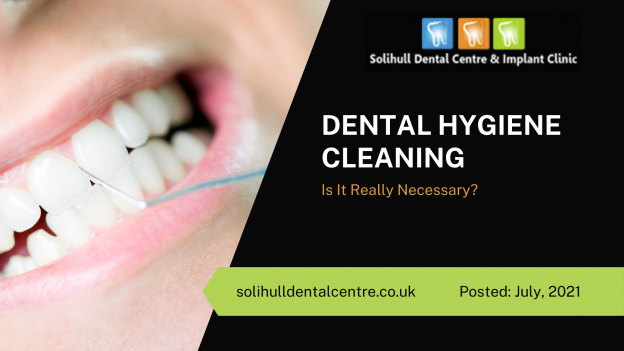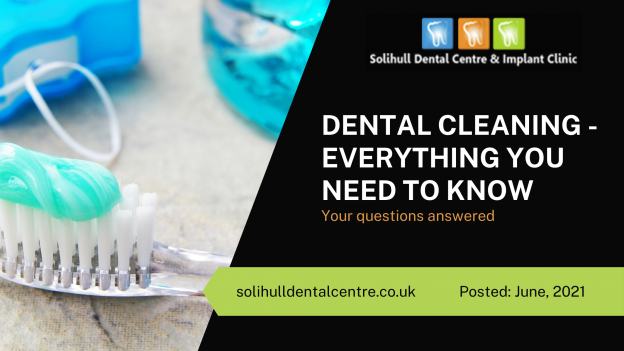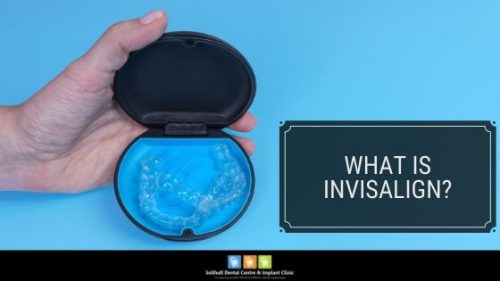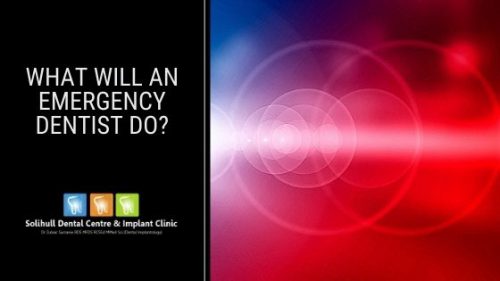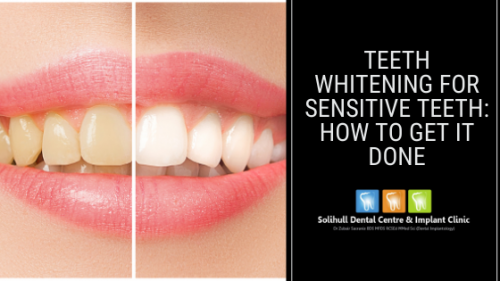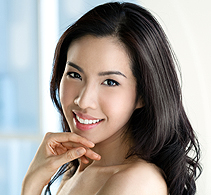If signs of ageing have started appearing on your face, no need to worry – you can start looking youthful again in a matter of hours. Thanks to modern cosmetic procedures, no matter how many facial wrinkles or creases you have, they can be removed with lip fillers. According to the National Health Service (NHS), lip fillers are substances that are injected into the skin to remove wrinkles, creases by adding volume to sagging areas of the face such as the cheeks and the lips. If you want to know more about lip fillers, how long they last, and how they work, this article is for you. So, read on to learn everything about lip fillers.
What Foods Should I Avoid After Getting Lip Fillers/Injections?
After getting lip filler injections, your dentist or skin clinic will advise you to avoid unnecessary facial movements like kissing, rubbing or puckering. This is to ensure uninterrupted healing of the injection site. Besides, there are certain foods and drinks that you should avoid after having a lip filler injection. Some of these include:
- Coffee or caffeinated drinks
- Alcohol
- High-sodium foods
- High-sugar foods
- Bakery products and refined sugars
- Spicy foods and curries
- Tobacco smoking
- Niacin-containing supplements
Will A Lip Injection Bruise?
According to the American Society of Plastic Surgeons, you can expect mild to moderate swelling and bruising of the face – and this is nothing to worry about. This swelling and bruising should go away in a few days. You can apply ice packs over the face to help subside the swelling and redness. However, if the bruising persists beyond one week, you should consult the doctor for further advice.
How Long Does It Take For A Needle Injection Wound To Heal?
Dermal filler needle injections typically take 2-3 days to heal. During the healing process, you may expect swelling, redness, and some weakness of the facial muscles. However, these symptoms should go away in a few days. The healing time depends on various factors such as your overall health, diet, and type of dermal filler injected. If your doctor injects your own fat tissue as dermal fillers, it may take a few weeks for the injection site to heal completely.
Do Lip Injections Hurt During/After Lip Injections?
Your doctor will ensure that you remain pain-free and comfortable during the procedure. Dermal fillers do not cause significant pain or discomfort. In some cases, doctors also numb the area prior to treatment to minimize the pain. However, you may feel some pain and soreness after the procedure, which should begin to subside after 24 hours.
Can I Go Back To Work After Having Lip Injections/Fillers Done?
According to the American Association of Plastic Surgeons, you can resume most of your daily routine right after the procedure. However, you should avoid strenuous physical activity, at least for the first 24 hours. If your work involves physical activity, it may be a good idea to consult your physician whether you can resume work immediately after getting the injections.
How Safe Is It To Go For Dermal Fillers?
Dermal facial fillers are safe, provided they are administered by a qualified and licensed physician or dentist. According to the NHS, the risk associated with dermal fillers depends on their type and the physician’s administering skill. Some common risks associated with dermal fillers include:
- Formation of lumps under the skin
- Fillers moving away from the injection site
- Scarring
- Blockade of facial vessels
- Infection
If you feel any of these signs after getting fillers, or if you observe that the swelling does not subside after one week, you should consult your treating physician for advice.
Do Lip Injections Damage Lips?
Most of the adverse effects associated with dermal fillers are caused by improper injection. If lip fillers are injected into the blood vessels, they may cause blockage , leading to tissue damage and even function or sensation loss in the associated area. Sometimes, allergic reactions can occur in patients who are sensitive to a particular ingredient of the fillers. Besides, overfilling may also cause lip tissue damage. That is why you should always go for an experienced dentist or physician for getting lip fillers or any other cosmetic facial treatment.
Are There Any Side Effects Of Lip Fillers?
Mainly, the side effects of lip fillers are caused due to poor injection techniques or using the wrong fillers. Some of the side effects of lip fillers include:
- Prolonged swelling
- Muscle weakness
- Infection
- Allergic reaction
- Nerve damage
- Scarring
What Should I Do To Get Rid Of A Bruise On My Lip?
Bruises on the lips are nothing to worry about after getting dermal fillers, as they will disappear in a few days. However, you can accelerate the healing process by applying icepacks over the facial skin. This constricts the blood vessels, thereby slowing down the transport of inflammatory mediator chemicals that cause swelling – ultimately reducing the inflammation.
Is It Better To Ice Or Heat A Bruise?
Both methods are used for accelerating the healing process. However, heat application dilates the blood vessels, which help the body’s immune cells remove the inflammatory mediator cells from the site quickly—on the other hand, applying ice over the face will cause the blood vessels in the area to shrink, thereby restricting the entry of inflammatory mediators. As a result, the extent of swelling is reduced. Hence, If the idea is to reduce swelling, ice packs are best. On the other hand, if you wish to get rid of bruises quickly, heat application is the best way to go.
The take-home message of this article is that you should always consult an experienced and qualified dentist for getting dermal fillers. If you are looking for a reputable and renowned practice in Solihull that offers dermal fillers with the best aesthetic outcome and minimal side effects, you should contact Solihull Dental Centre. Our well-trained team will ensure that you get the best and safest cosmetic treatments that you can enjoy a lasting and healthy smile. So, book your lip filler consultation appointment today and let us shed a couple of years off your face!


